Shade plants aren’t just for protecting you and your garden from sharp direct sunlight from the morning sun, but they also enhance its beauty tenfold. Unlike planting flowers like sunflowers or sun-loving herbs, shade plants bloom fully during early spring and early summer and thrive in partial or dense shade corners.
Not many know of the best flowering plants for a shade garden as most flora and fauna require at least partial sunlight to fully grow and bloom. Be it coral bells, Lily of the Valley, or Japanese forest grass, these plants will also benefit from the right potting mix or potting soil to grow in the afternoon shade.
However, there are many shade loving plants that breathe new life into your garden even in dense shade. You can learn more about what grass seed or mulching technique works for such plants in our gardening guides.
Many gardeners transform the shady spots in their garden into dumps, storage areas, sheds, or a space for compost bins. These areas are more often neglected but they can easily be transformed into the highlight of your garden with a few creative ideas.
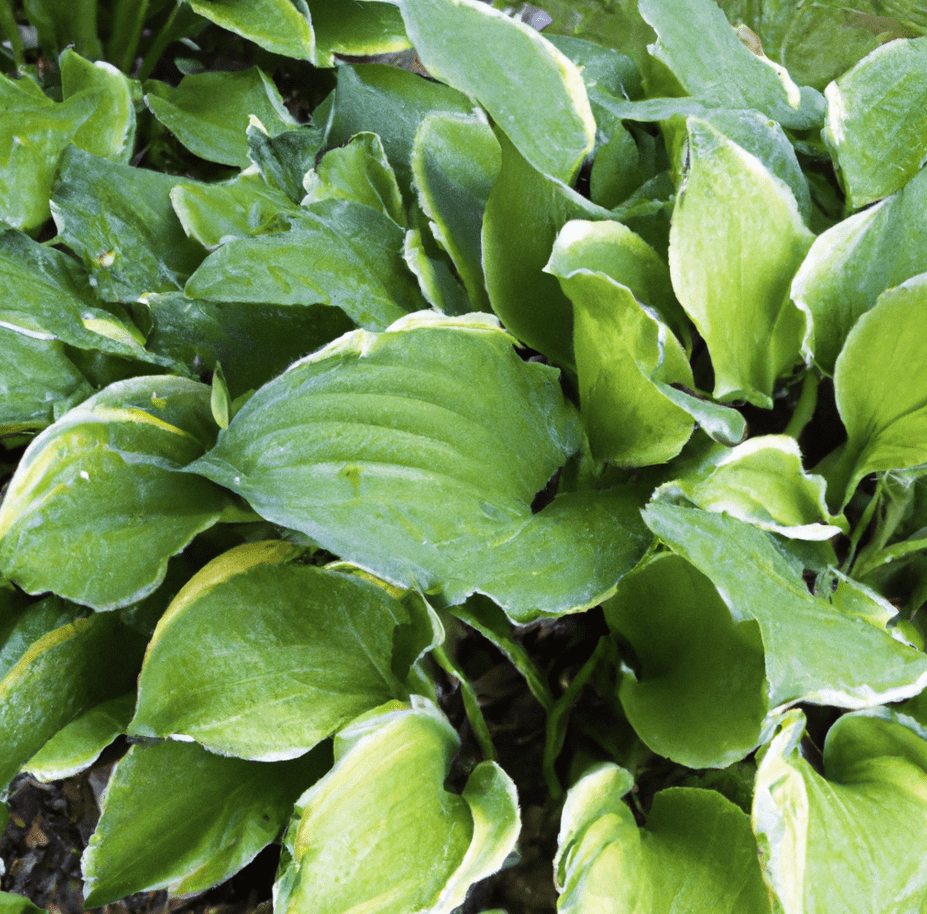
Here we have compiled a detailed list of the most attractive foliage fit for a shade garden:
1. Hostas
These gorgeous perennials are an excellent addition to your foliage plants and are known for their spectacular deep shade and massive deep green leaves.
Hostas come in numerous varieties and some even with lovely purple and lilac hues, as well as variegated foliage. Some may also grow tiny blue flowers in the summertime.
Additionally, these are known to be great understorey plants for shade and their leaves can also be consumed as an alternative to asparagus.
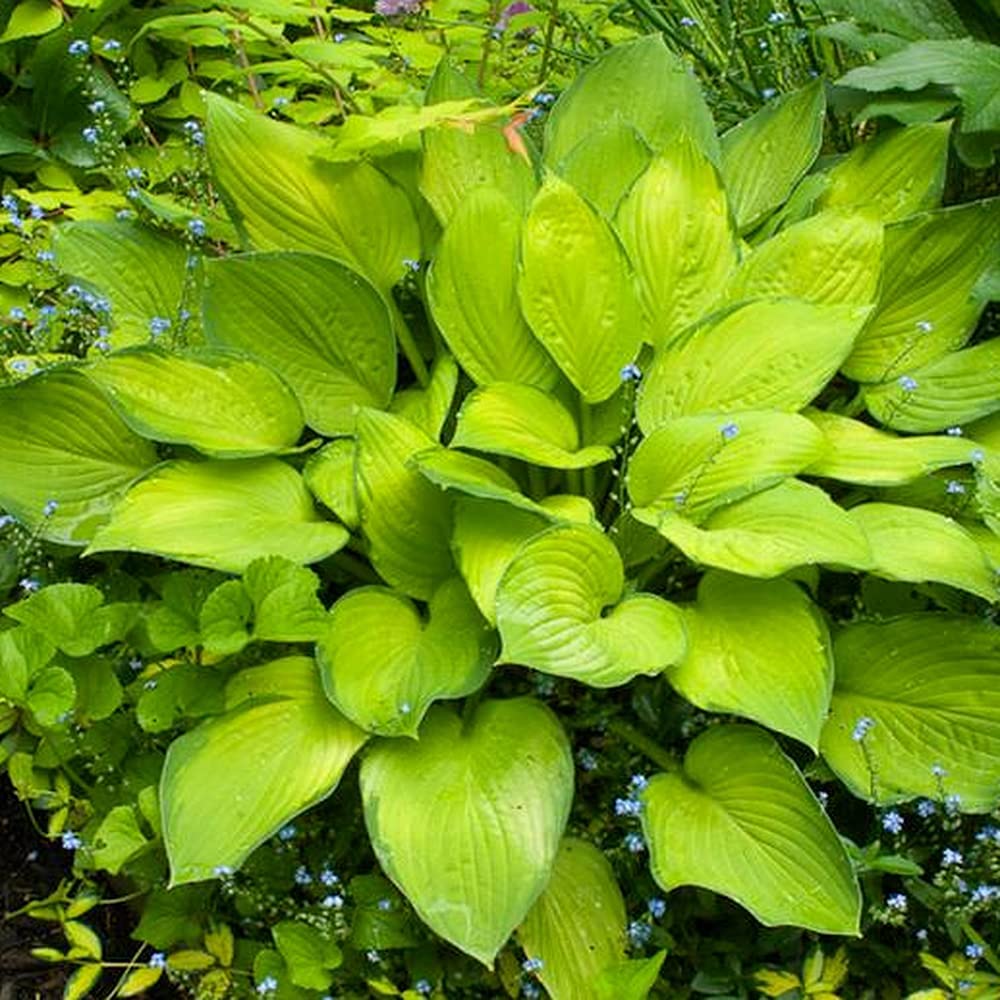
2. Begonia
These pretty white blooms come in over 100 varieties and can be found growing up walls or sometimes in hanging baskets. For delicate looking blooms, they are extremely resilient and can survive in different conditions.
Depending on which type you pick for your shade garden, Begonias can grow anywhere between 6 inches to 3 feet tall and between 6-12 inches.
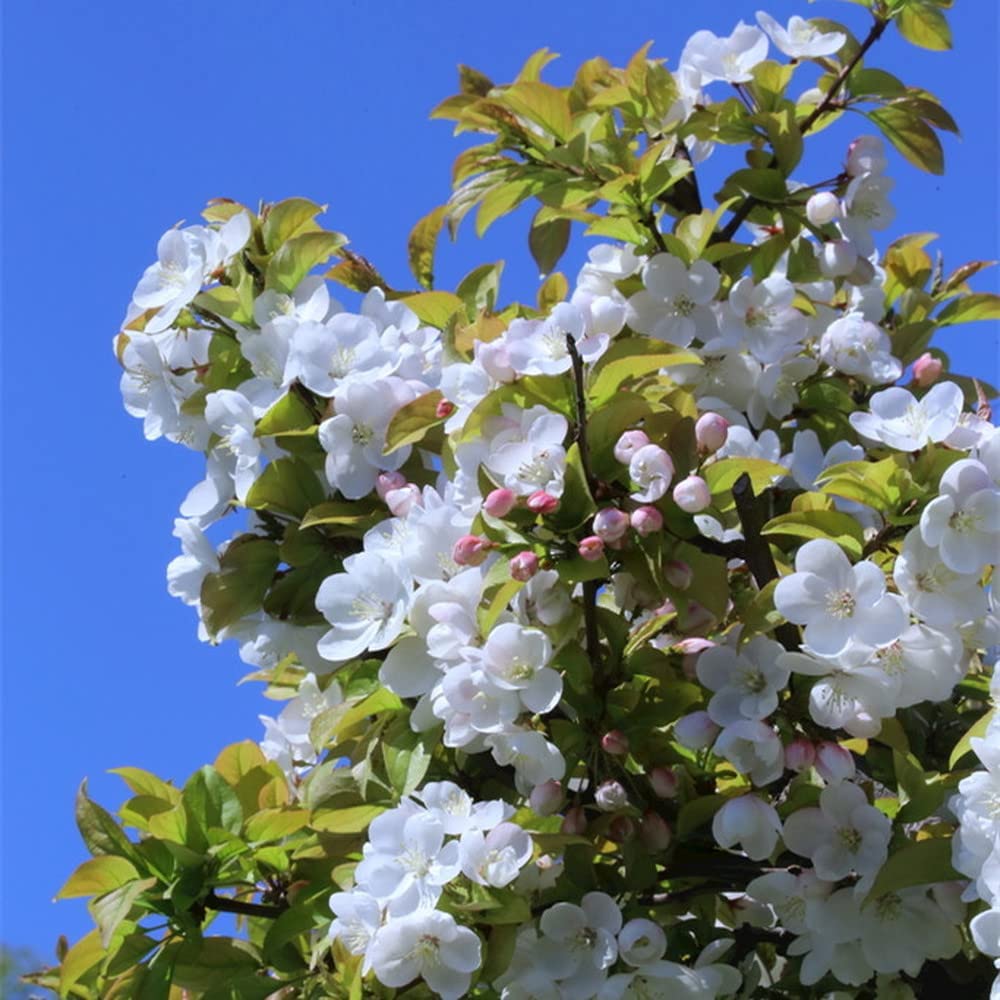
3. Ferns
Beautiful and ever diverse, ferns thrive in shaded areas and are known for their impressive foliage that make a splendid addition to your shade garden. You can select from a variety of types that include delicate fronds, thick leaves, etc., or whatever you think best suits your shade garden.
These gorgeous shade plants thrive in humid, damp, and dark areas. There are some varieties that also live under dry shade but the perennial variety will become frail and brown in winters but showcase stunning bloom in the springtime.
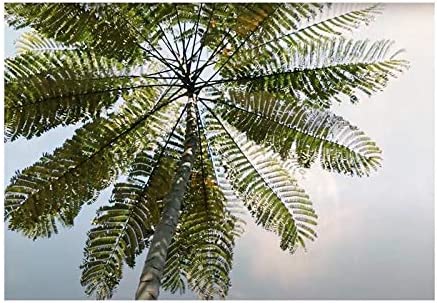
4. Heuchera
The Heuchera plant is native to North America and is also sometimes referred to as coral bells, alumroot, or foamflower. This perennial grows stunning layers of leaves that grow in different shades from red, orange, green, and blue. A terrific addition to your shade gardens, this plant also grows lovely blooms in the light shade that creates a gorgeous cloud-like effect around the leaves.
This plant thrives under partial shade instead of full shade, as well as a damp but well-drained soil. They can also be potted in containers. You can also easily divide the Heuchera plant by simply pulling it out of the ground and cleaning the edges and then potting them in containers and keeping them in shaded corners of your shade garden.
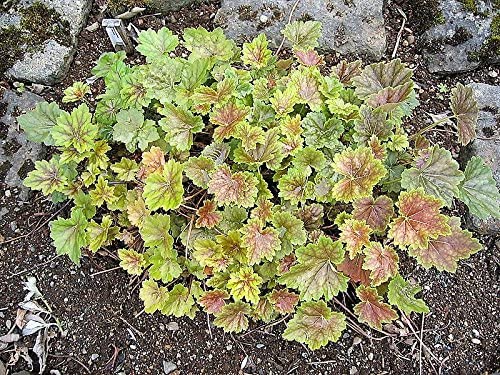
5. Caladium (Elephant Ears)
This large-leaf plant is often also referred to as Elephant Ears due to the sheer size of each leaf that it sprouts. Depending on the variety you pick for your shade gardens, the Caladium displays leaves of beautiful colors and patterns that really add to those darker corners of your garden.
These thrive in warmer climates and can tolerate sunshine up to 3 hours a day and will in fact grow better and stronger if they get direct sun during the day. In fact, the caladium is also easy to grow and maintain. These plants also prefer well-drained soil with organic matter.
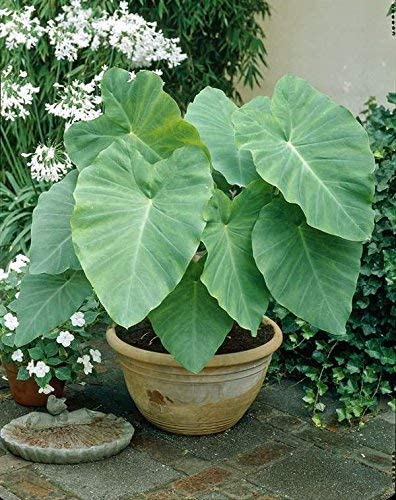
6. Viola
These stunning flowers come in over 500 varieties and each is uniquely in its appearance. Violas prefer direct sun instead of partial shade but this depends entirely on the type of Viola you pick. Some species of this plant can even grow up to 10 inches tall, while others remain under 5 inches. These lovely blooms make an excellent shade plant and they truly enhance the look and appeal of your shade garden.
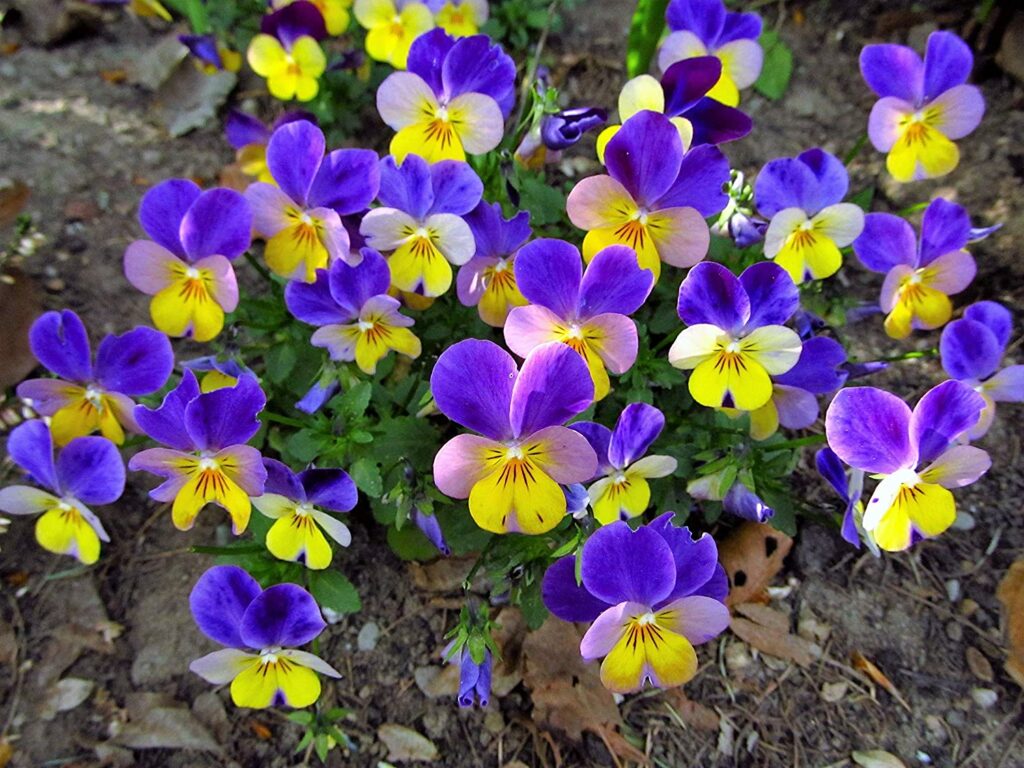
7. Bleeding Heart
The Bleeding Heart is one of the more unique and outstanding shade plants that grows best in the shady corners and grows stunning blooms that are shaped like small bleeding hearts. You can purchase different colored varieties of this plant such as white, pink, red, etc. Together with their lime green leaves, these plants add a zest of freshness and style to your garden whilst also thriving in full shade spots.
In fact, the Bleeding Heart also attracts pollinators which simply adds to the list of reasons why this is an excellent option for your shade gardens.
When it comes to growth, the Bleeding Heart prefers moist and rich soil as well as deep shade or partial shade. They cannot withstand spots that may become flooded as this may result in their roots to rot. Adding organic matter and compost can reduce water logging.
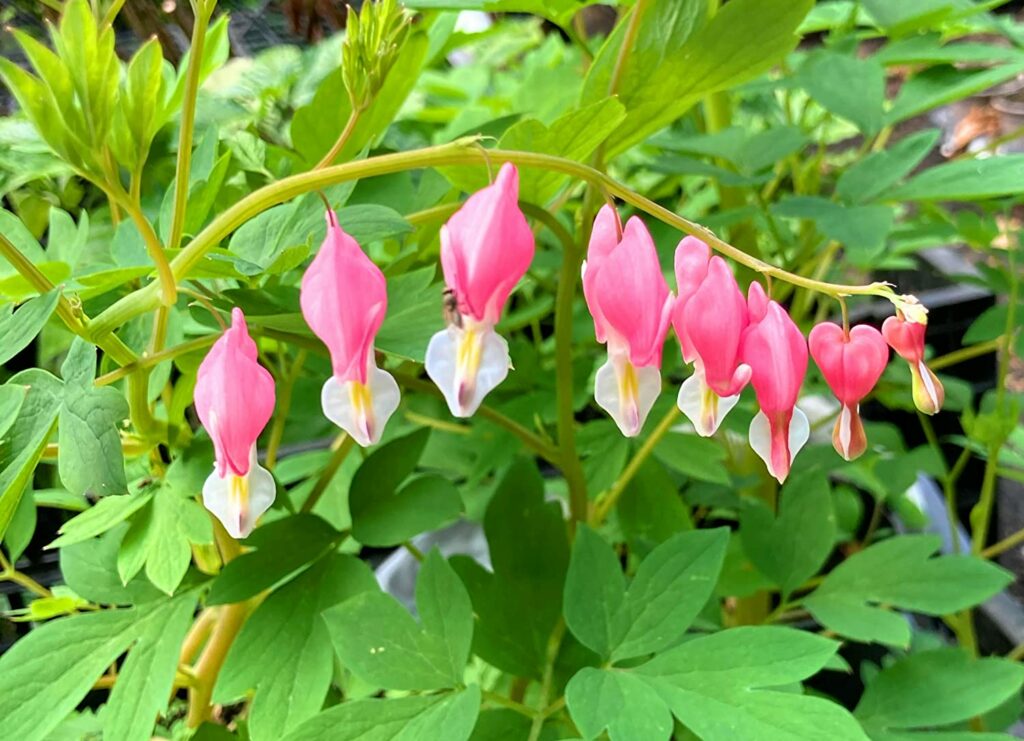
8. Lily of the Valley
This delicate and beautiful plant is a classic choice for most gardeners and remains one of the most eye-catching blooms. You can purchase the entire plant, its bulbs, or simply divide the existing plant to pot more.
If you wish to divide it, simply lift it out of the ground and gently release some bulbs and stack them in small groups of 2 or 3. Check if the roots are tangled and then simply transplant them to the new location. These thrive in moist soil and can grow in full shade or even partial shade.
Though the flowers bloom beautifully, keep in mind that these shade plants are extremely poisonous. Avoid these if you have little children or animals playing around in the garden.
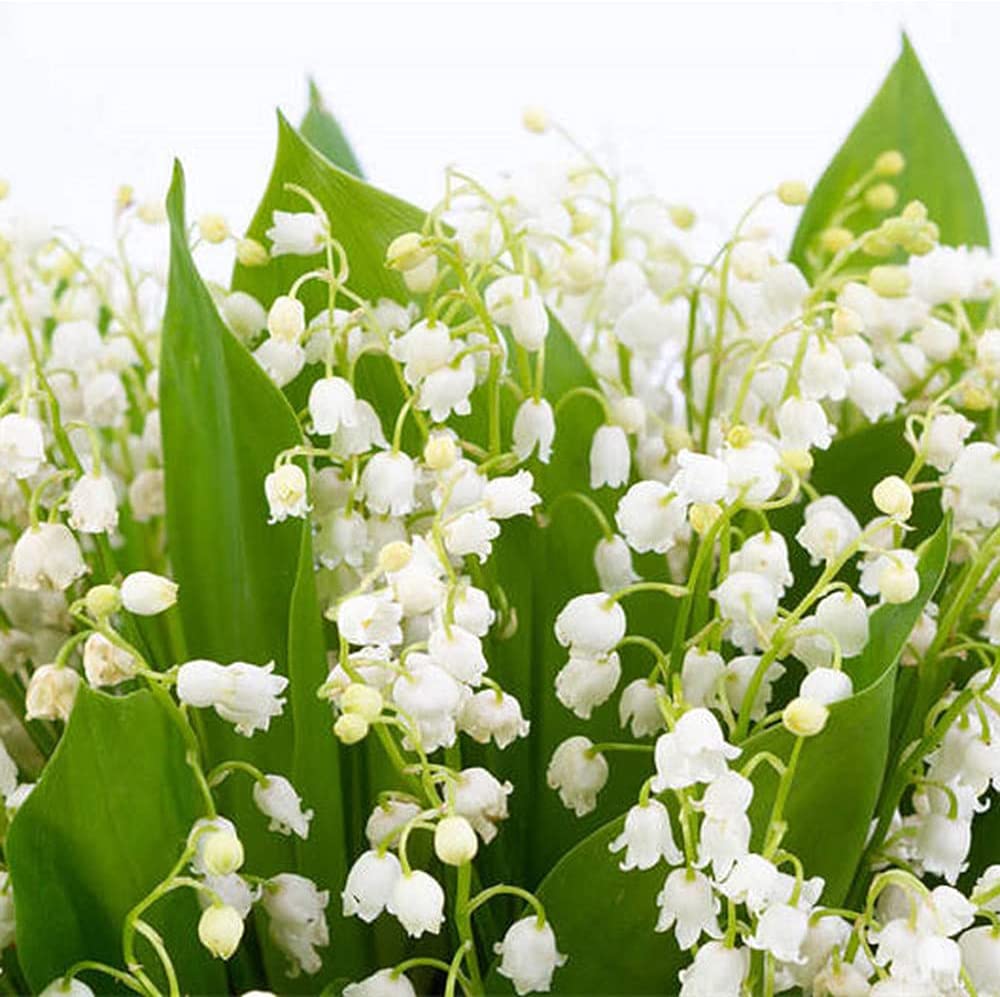
9. Spiderwort
These stunning early spring blooms are shade loving plants and showcase gorgeous purple flowers. As with most shade lovers, this flowering plant also prefers full or partial shade and a moist yet well-drained soil.
They cannot withstand the harsh morning sun and depending on the variety you pick for your shade garden, the Spiderwort can grow from between 6 inches to a whopping 3 feet tall.
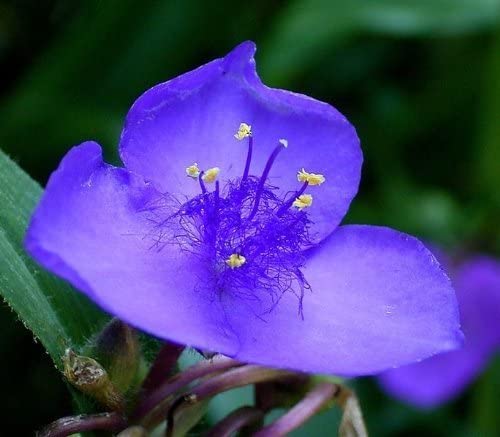
10. Impatiens
What makes the Impatiens so fascinating and unique is that they are one of the only plants that will fully bloom and be on display in full shade. These delicate flowers are full shade plants can do not require the help of full sun to blossom.
However, keep in mind that there are some downsides to having this foliage plant. Some varieties may get covered in a powdery substance or mildew that can destroy plants and overwinters in the nutrient-rich soil for years. Try New Guinea Impatiens or other hybrids instead that are more resilient against such diseases.
This shade plant can grow between 6 to 30 inches tall and 1 to 3 feet wide.
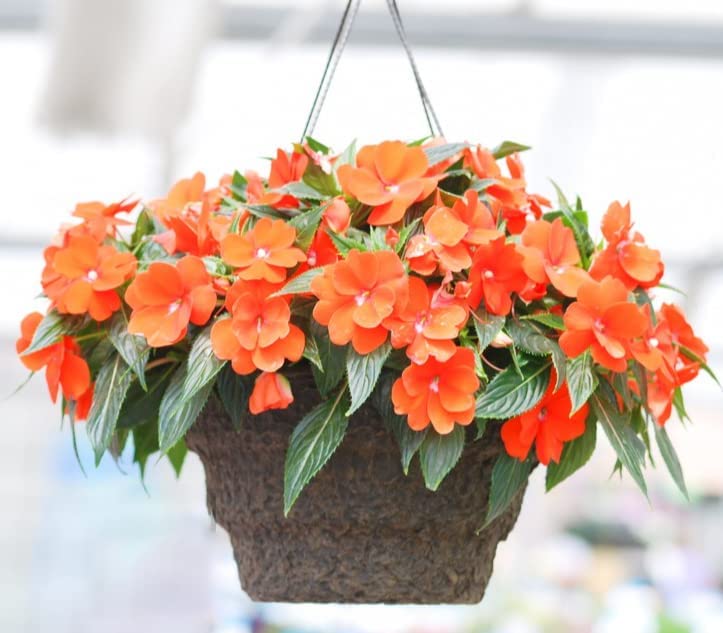
11. Coleus
The Coleus is much loved for its stunning and striking colors. From a refreshing lime green to deep red with silky flowers that bloom in the summertime, this plant adds a pop of color and life to your garden. They grow beautifully in the shade but some varieties may withstand the sun as well.
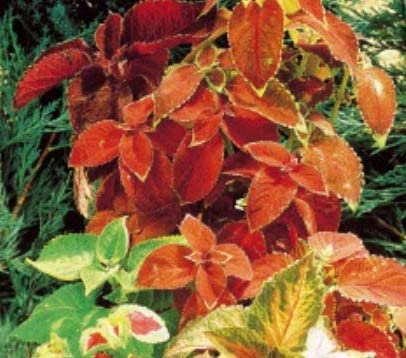
12. Japanese Forest Grass
When it comes to ornamental grasses, the Japanese forest grass plant is the best shade loving variety. Otherwise referred to as Hakonechloa macra, this perennial grass plant thrives in wet, damp, and humid climates and is especially common in mountainous regions, cliffs, forests, etc.
Their striking green color sets them apart from most grass types and they grow in little bushes that are between 1-3 feet tall and up to 2 feet wide.
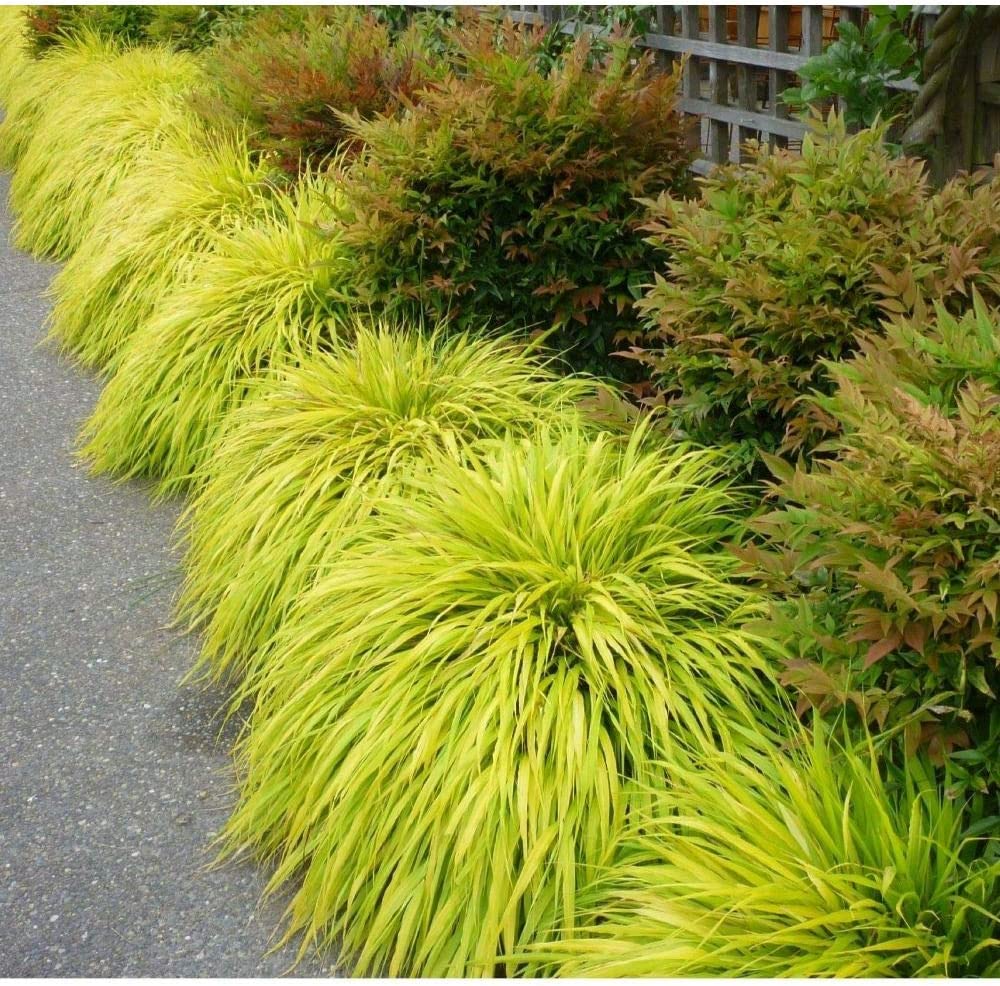
Frequently Asked Questions
Is lily of the valley dangerous for pets?
Yes. The lily of the Valley is extremely dangerous if ingested by cats, dogs, or other pets. It is poisonous even for human beings. The toxins contains it ins veins can cause irregular heartbeats and this can put your life in danger. Other symptoms may also include diarrhea, lethargy, vomiting.
Are shade plants hard to maintain?
No. Shade plants are not difficult to maintain. In fact, they require just as much energy as any other variety of plant would. Once you have planted them, you simply need to ensure that they are kept away from direct sunlight.
Are sun-loving plants more high maintenance than shade plants?
No. Both sun loving and shade plants require similar forms of care but only in a different setting.







